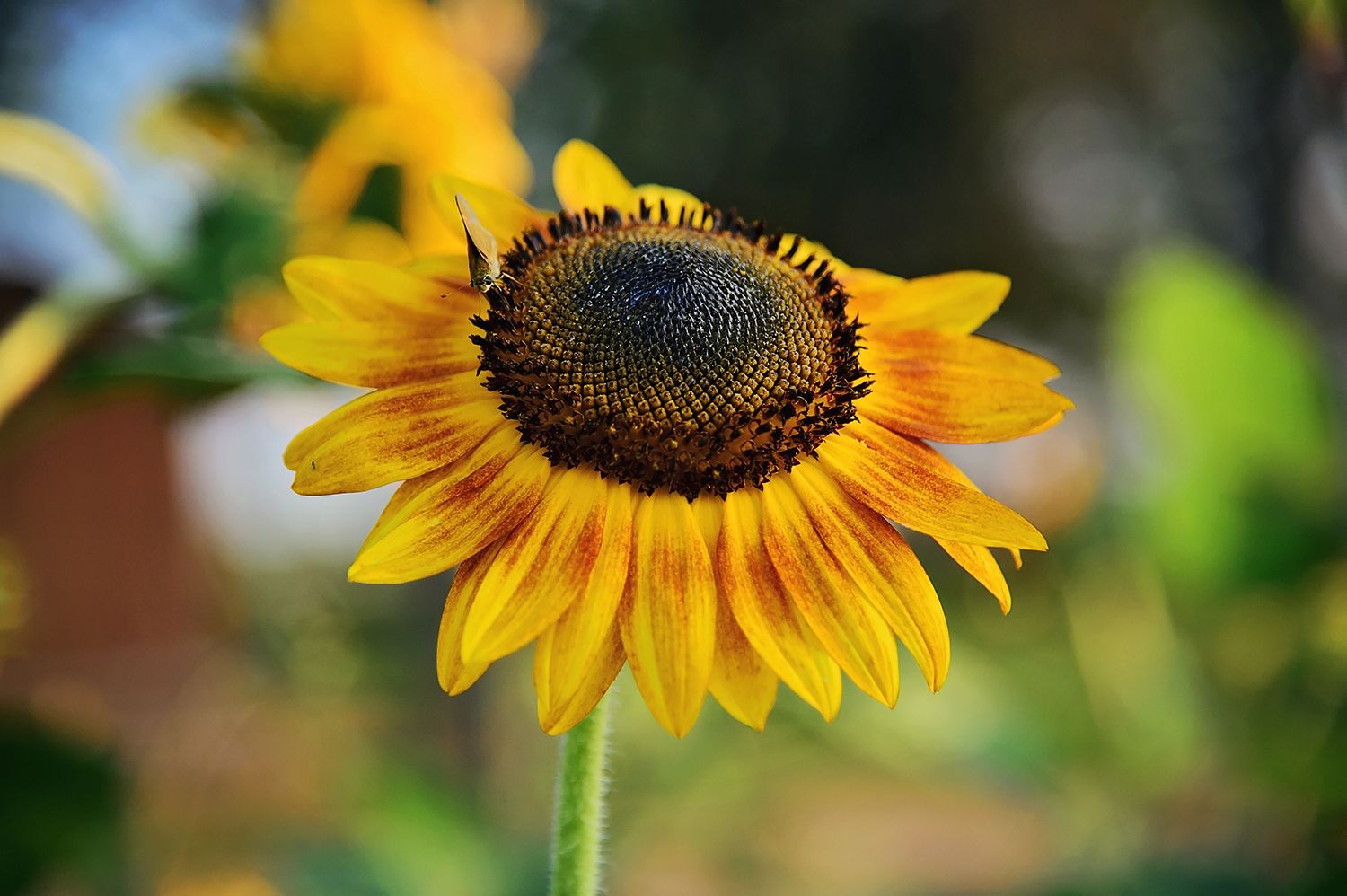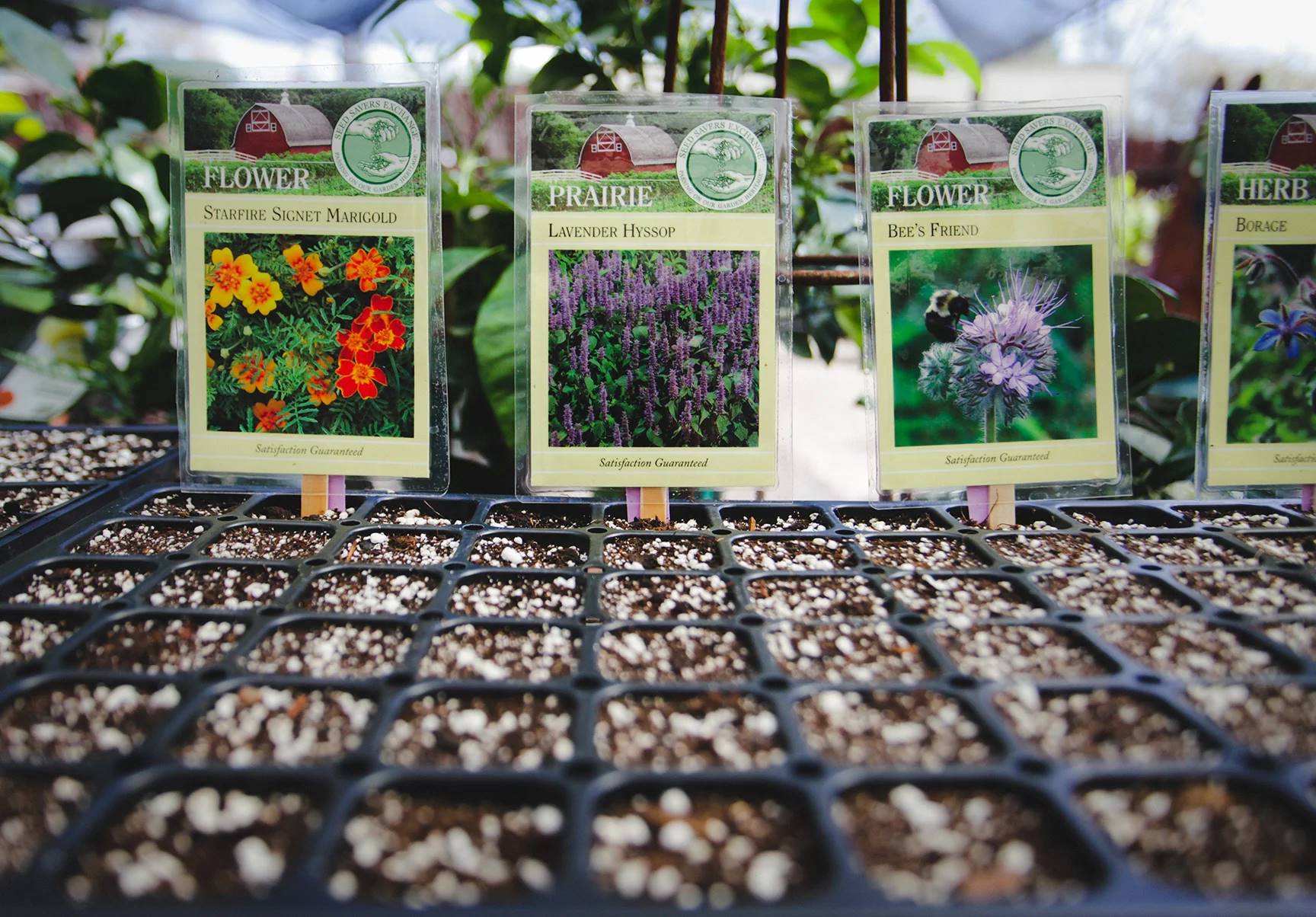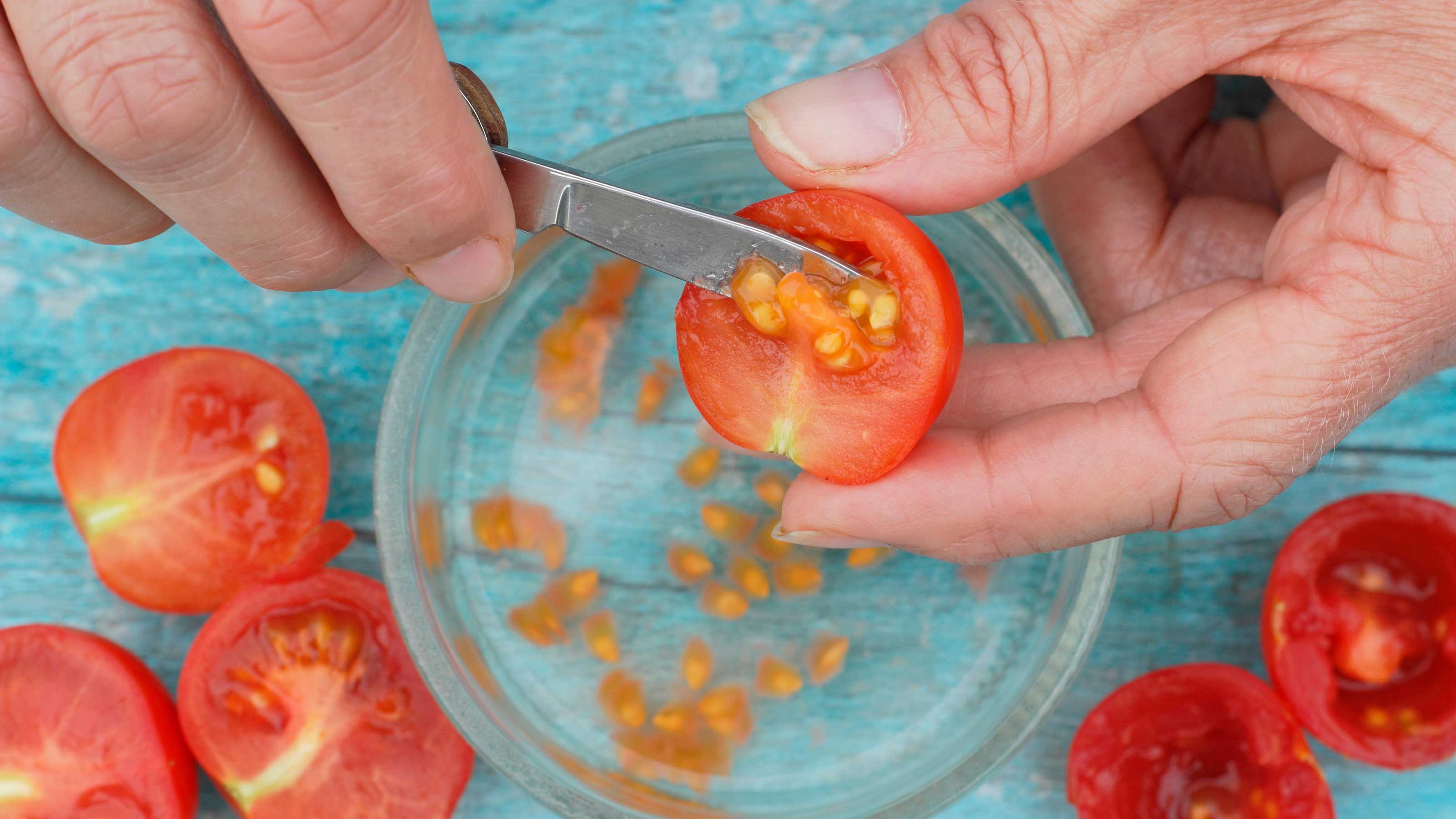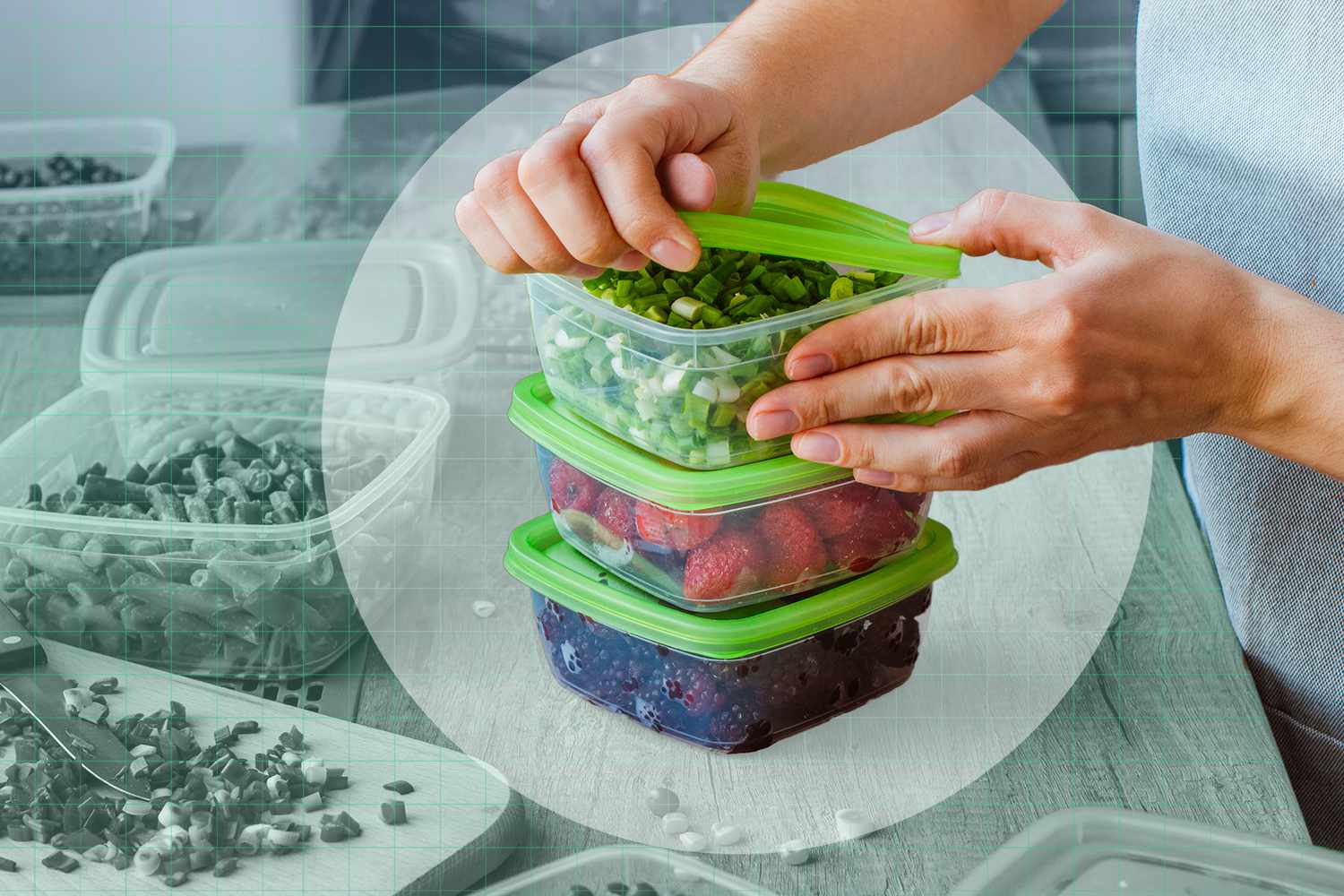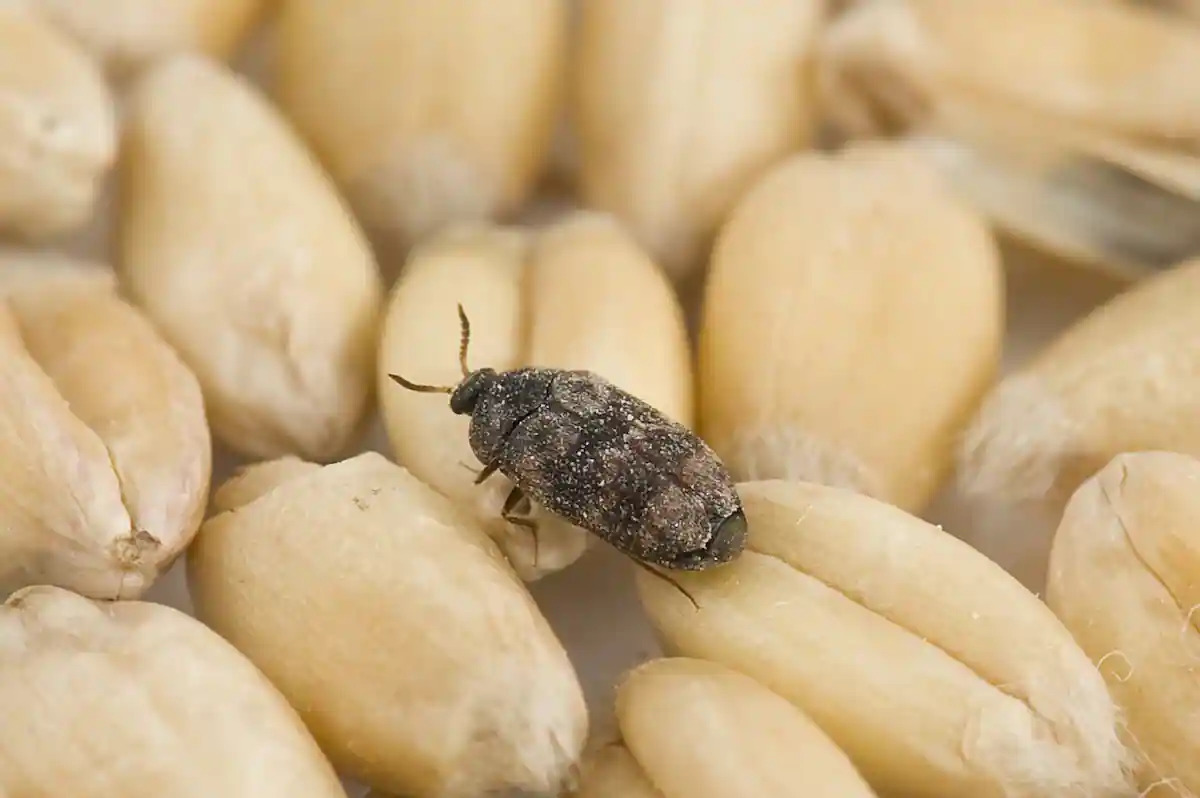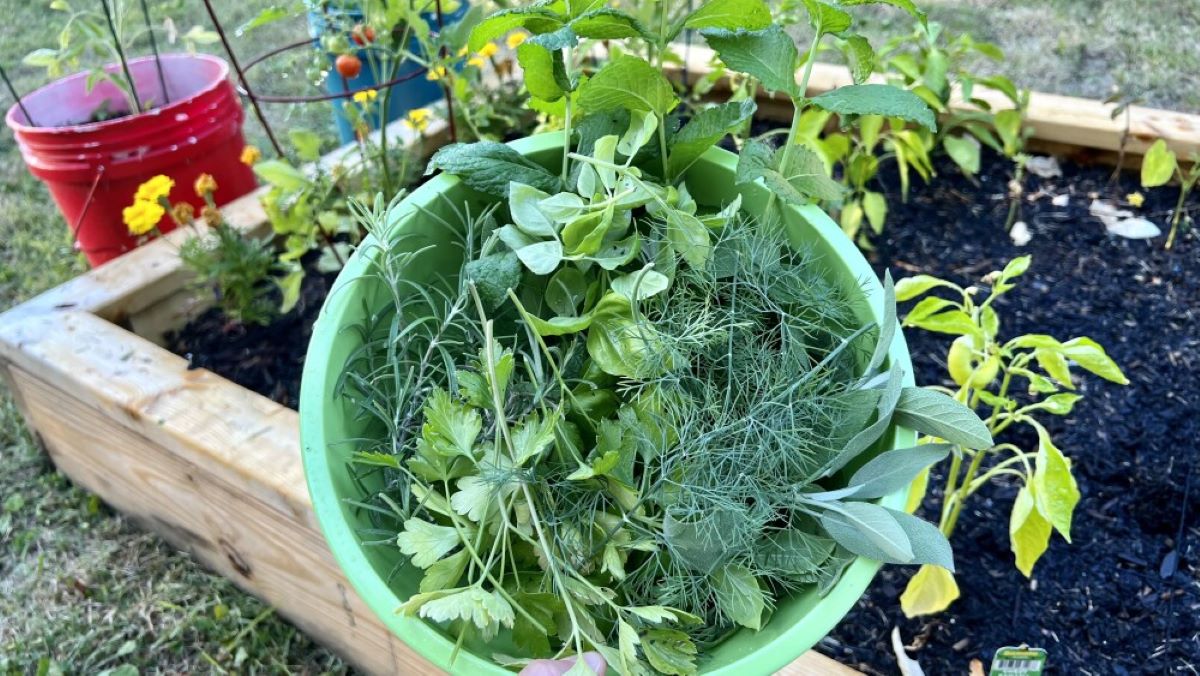Home>Gardening Techniques>Plant Care>How Do You Preserve Sunflowers


Plant Care
How Do You Preserve Sunflowers
Modified: January 22, 2024
Learn the best plant care tips to preserve sunflowers and keep them vibrant for longer. Discover the essential steps for maintaining healthy sunflower plants.
(Many of the links in this article redirect to a specific reviewed product. Your purchase of these products through affiliate links helps to generate commission for Chicagolandgardening.com, at no extra cost. Learn more)
Table of Contents
Introduction
Welcome to the vibrant world of sunflowers! These iconic blooms are not only a symbol of sunshine and happiness but also hold a special place in the hearts of plant enthusiasts and gardeners alike. Whether you have a garden full of these golden beauties or have received a lovely bouquet, learning how to preserve sunflowers can extend their beauty and enjoyment.
Preserving sunflowers involves a careful process of choosing the right blooms, harvesting them at the perfect time, and drying and storing them effectively. By following these steps, you can keep your sunflowers looking stunning for an extended period, allowing you to bask in their warmth and radiance.
In this guide, we will delve into the art of preserving sunflowers, offering valuable insights into selecting the best blooms, harvesting them with precision, and employing proper drying and storage techniques. Whether you are a gardening enthusiast or simply someone who adores sunflowers, this comprehensive guide will equip you with the knowledge to keep these glorious flowers vibrant and beautiful for as long as possible.
Choosing the Right Sunflowers
When it comes to preserving sunflowers, the process begins with selecting the right blooms. Whether you are picking sunflowers from your garden or choosing them from a market or farm, there are a few key factors to consider to ensure that you start with the best possible flowers for preservation.
First and foremost, look for sunflowers that are in full bloom but have not yet reached the stage of wilting or drooping. The petals should be vibrant and firm, and the center of the flower, known as the disc floret, should be rich in seeds but not overly mature. Opting for sunflowers with strong, sturdy stems and healthy, deep green leaves will also contribute to the longevity of the blooms once preserved.
Consider the size of the sunflowers as well. While larger blooms can make a bold statement, they can also be more challenging to preserve due to their weight and the potential for drooping during the drying process. Medium-sized sunflowers are often a practical choice for preservation, as they strike a balance between visual appeal and manageability.
Additionally, take note of any signs of damage or disease. Inspect the petals, leaves, and stems for discoloration, spots, or pest infestations, as sunflowers that show signs of deterioration or illness are not ideal candidates for preservation.
By carefully selecting sunflowers that are at the peak of their beauty and vitality, you set the stage for successful preservation, ensuring that the blooms retain their charm and allure throughout the drying and storage process.
Harvesting Sunflowers
Harvesting sunflowers at the right time is crucial to the preservation process. The ideal time to harvest sunflowers is when the back of the flower heads turns yellow, the petals begin to dry out and fall off, and the seeds in the center are plump and developed. At this stage, the sunflower is mature and ready to be cut for preservation.
When harvesting sunflowers, it’s essential to use sharp, clean garden shears or a sharp knife to make a clean cut. Choose a time when the weather is dry, as harvesting wet sunflowers can lead to mold and spoilage during the drying process. Cut the sunflowers with a stem length of about 12 to 18 inches, allowing for flexibility in handling and arranging during the drying phase. If you plan to hang the sunflowers upside down to dry, longer stems may be preferable to provide ample space for securing them.
As you harvest the sunflowers, handle them with care to avoid damaging the petals or seeds. Be mindful of any insects or pests that may be lingering on the flowers, and gently shake or inspect the blooms to ensure that no unwanted visitors come along for the preservation journey.
Once the sunflowers are harvested, it’s important to place them in a suitable container or bundle them together for transportation to the drying area. Avoid overcrowding the sunflowers, as this can lead to damage and hinder the airflow necessary for effective drying. By handling the harvesting process with attention to detail and care, you set the stage for successful preservation and the long-lasting beauty of your sunflowers.
Drying Sunflowers
After harvesting the sunflowers, the next critical step in the preservation process is drying them effectively. Proper drying not only maintains the visual appeal of the blooms but also prevents mold and decay, ensuring that the sunflowers remain beautiful for an extended period.
There are several methods for drying sunflowers, each offering unique benefits and considerations. One popular approach is air drying, which involves hanging the sunflowers upside down in a well-ventilated, dry area. To begin, gather the sunflowers into small bunches, securing the stems together with twine or rubber bands. Choose a location with good air circulation and minimal humidity, such as a well-ventilated room or a covered outdoor area. Hang the sunflowers upside down from a horizontal rod or line, ensuring that they are not crowded and have ample space between each other for airflow.
Another method for drying sunflowers involves the use of desiccants, such as silica gel or a drying agent specifically designed for flowers. This approach is particularly useful for preserving the blooms’ color and shape, as the desiccants absorb moisture while supporting the sunflowers’ form during the drying process.
Regardless of the drying method you choose, it’s essential to monitor the sunflowers regularly and ensure that the drying environment remains conducive to the preservation process. Depending on the drying method and environmental conditions, sunflowers may take several weeks to fully dry. You can test the readiness of the sunflowers by gently pressing the petals and seeds to ensure that they are dry and firm to the touch.
By employing proper drying techniques and exercising patience throughout the process, you can preserve the vibrant beauty of sunflowers, allowing them to grace your surroundings with their cheerful presence for an extended period.
Storing Sunflowers
Once the sunflowers have been effectively dried, the final step in the preservation process is storing them in a manner that maintains their beauty and prevents deterioration. Proper storage not only safeguards the sunflowers from damage but also ensures that they remain visually stunning for an extended period, allowing you to enjoy their radiant presence.
When it comes to storing dried sunflowers, it’s crucial to keep them in a dry, cool, and well-ventilated environment. Excess humidity can lead to mold and decay, compromising the integrity of the blooms. Consider placing the dried sunflowers in a container with ample space and airflow, such as a cardboard box or a breathable fabric bag. Avoid using plastic or airtight containers, as these can trap moisture and diminish the quality of the preserved sunflowers.
If you plan to showcase the dried sunflowers in a vase or arrangement, consider storing them in a location away from direct sunlight and humidity until you are ready to display them. This will help preserve the color and integrity of the blooms, ensuring that they retain their visual appeal when brought out for admiration.
For long-term storage, such as preserving sunflowers for future craft projects or decorative use, consider wrapping the dried blooms individually in tissue paper or placing them in a protective container before storing them in a cool, dark area. By taking these precautions, you can safeguard the sunflowers from dust, pests, and environmental factors that could compromise their beauty.
By following these storage guidelines, you can ensure that the preserved sunflowers remain a delightful and enduring reminder of nature’s splendor, adding a touch of warmth and charm to your surroundings for years to come.
Conclusion
Congratulations on mastering the art of preserving sunflowers! By carefully choosing the right blooms, harvesting them at the perfect time, and employing effective drying and storage techniques, you have unlocked the secret to extending the beauty and vibrancy of these iconic flowers.
As you embark on your journey of preserving sunflowers, remember that attention to detail, patience, and a touch of creativity can elevate the process from practical preservation to a delightful and rewarding experience. Whether you are adorning your living space with preserved sunflowers, creating stunning crafts, or sharing the joy of these blooms with others, your efforts in preservation will continue to bring warmth and beauty into your life.
Keep in mind that the methods and tips shared in this guide are not only applicable to sunflowers but can also be adapted for preserving other flowers and botanical treasures. Embrace the knowledge you have gained and explore the world of flower preservation with confidence and enthusiasm.
As you revel in the enduring beauty of your preserved sunflowers, take a moment to appreciate the simple yet profound joy that nature brings into our lives. The vibrant hues, delicate petals, and timeless allure of sunflowers serve as a reminder of the splendor that surrounds us, inviting us to cherish and preserve the fleeting moments of beauty.
May your preserved sunflowers continue to brighten your days and inspire you to seek beauty in the world around you. With your newfound expertise in preserving these radiant blooms, you are well-equipped to savor the enduring charm of sunflowers for years to come.
